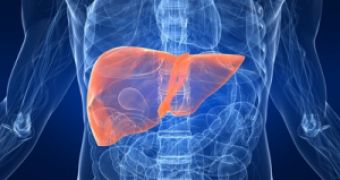Since they first discovered stem cells about 30 years ago, scientists have been trying to use them to grow various organs. A team of Japanese scientists now claims to have successfully created functional livers with the help of human stem cells alone.
The researchers first created so-called liver buds, which they describe as buildups of liver tissue.
These liver buds have the potential to develop into a full organ, hence the fact that the Japanese scientists were even at this point fairly proud of their achievement.
Their enthusiasm really took off when, once transplanted into mice suffering from liver failure, the buds prolonged the animals' life span by performing tasks the liver typically carries out.
According to Nature, the buds began secreting liver-specific proteins and producing human-specific metabolites.
What surprised the researchers was the fact that the collections of liver tissues that they had transplanted into the rodents also attached themselves to blood vessels inside the rodents' bodies.
By doing so, they kept growing even after the transplant had been performed, and eventually developed into real, working livers.
“Here we show the generation of vascularized and functional human liver from human iPSCs [induced pluripotent stem cells] by transplantation of liver buds created in vitro,” the researchers write in their paper.
The findings of these experiments bring new hope to people who are in dire need of a new liver. Still, the scientists wish to stress the fact that further research is needed.
They say that the rodents that underwent liver transplant surgery as part of this investigation must be monitored for at least a few more months, just to make sure that they do not develop any tumors or suffer various complications as a result of the procedures they had been subjected to.
All things considered, it will be at least a decade until human patients can benefit from this breakthrough in regenerative medicine.
“Although efforts must ensue to translate these techniques to treatments for patients, this proof-of-concept demonstration of organ-bud transplantation provides a promising new approach to study regenerative medicine,” the Japanese scientists point out.

 14 DAY TRIAL //
14 DAY TRIAL //